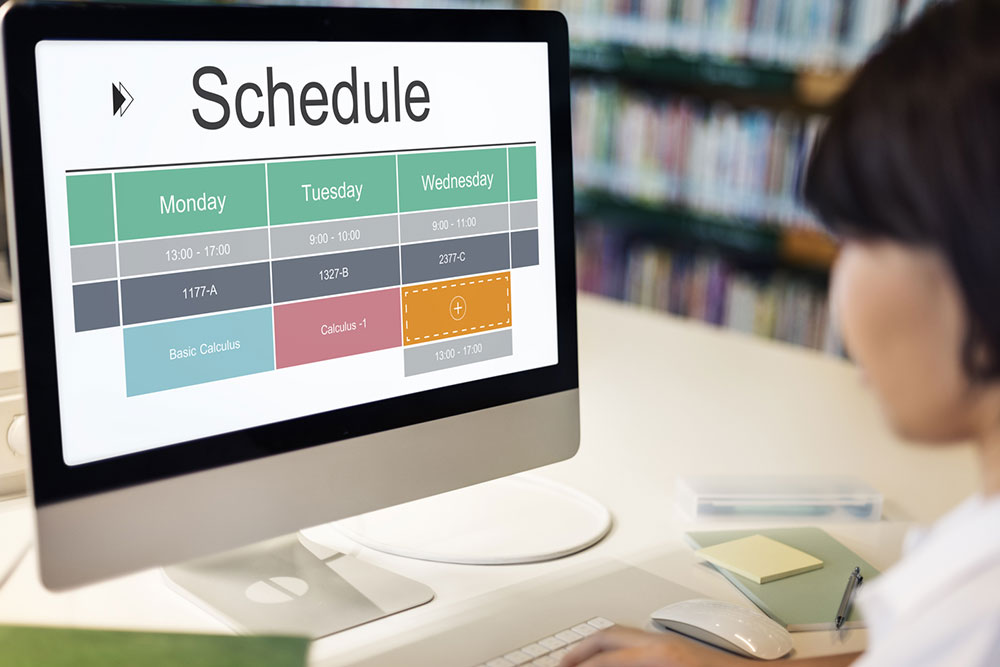Streamlining Workforce Management with Employee Scheduling Templates
Discover how employee scheduling templates simplify workforce management. Learn their benefits, how to create them, and how they enhance productivity across multiple locations. Whether your team is small or large, these digital tools streamline shift planning, improve communication, and save time. Implementing such templates fosters transparency, operational efficiency, and better resource allocation in your organization.

Streamlining Workforce Scheduling with Templates: Advantages and Usage
Managing a team with multiple employees can be complex, especially when coordinating schedules and tasks simultaneously. To simplify this process, many organizations turn to digital scheduling tools and templates. Online platforms offer employee work schedule templates that help businesses organize shifts efficiently, ensuring clarity and productivity across teams.
Understanding Employee Scheduling Templates
These templates, also called shift planning sheets, are digital spreadsheets featuring predefined calendar structures, shift times, employee details, and task assignments. They serve as a centralized document for assigning working hours and tracking progress.
Using these templates, managers can allocate shifts to staff efficiently, providing transparency for all team members. Employees at every level can access their schedules, respond to changes, and monitor their work. This approach promotes better time management and operational clarity, ultimately enhancing overall productivity. Many organizations utilize spreadsheet software such as MS Excel or Google Sheets to craft these schedules.
Advantages of Employing Scheduling Templates
Time-Saving Planning
Pre-designed templates reduce the time needed to develop schedules from scratch. Managers input employee data, shift durations, and task requirements, and the template automates the rest. Adjustments for peak periods, night shifts, or quiet days are straightforward and flexible.
Multi-Location Coordination
Templates enable seamless scheduling across various workplace sites. Employees can access their schedules remotely, while managers oversee staffing levels and progress regardless of physical location.
Enhanced Communication
Clear, shared schedules minimize misunderstandings. Teams stay aligned with task assignments, shift timings, and workload expectations, fostering better collaboration.
Increased Workforce Productivity
Defined schedules clarify daily goals, helping employees prioritize tasks. Ongoing tracking of work hours and output boosts overall efficiency and organizational performance.
Creating Effective Schedule Templates
Begin by designing a blank spreadsheet on platforms like Excel or Google Sheets and save it as a "Staff Schedule Template."
Add necessary headers—employee names, IDs, workdays, shift hours, and pay details—customizing columns to suit your scheduling period.
Populate employee names and assign work hours accordingly. Save the template securely and distribute it to staff for access and updates.










